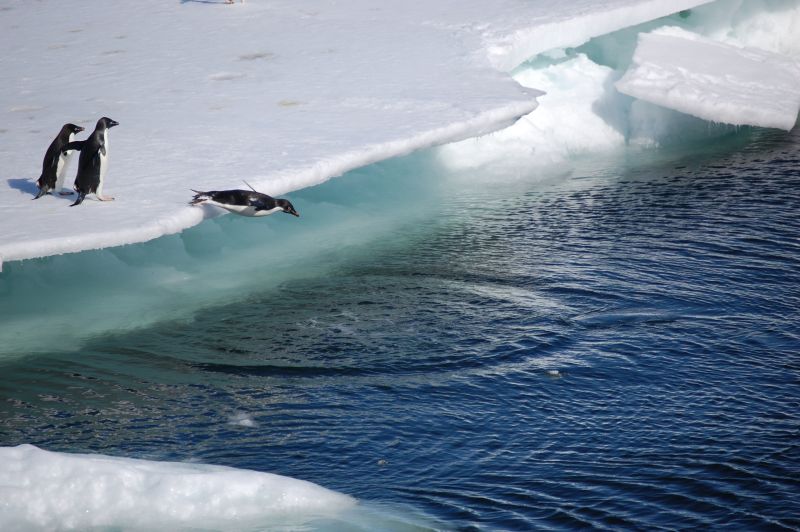Climate change has affected more than the planet's temperature. As climate change has become more influential, seasonal event timing has fluctuated. Flower blooms are harder to predict, and animal migration schedules have shifted. These events, known as phenological events, greatly influence the life cycles of many species. A recently published U.S. National Science Foundation-supported study investigates the phenological events along the Western Antarctic Peninsula.
Megan Cimino and her team used sea ice, weather, water, zooplankton, penguin, whale and predator sighting data from the NSF Palmer Antarctica Long-Term Ecological Research program to pinpoint the seasonal ecosystem activities in the region. This program has operated since 1991 and maintains continuous routine monitoring on the West Antarctic Peninsula.

Researchers discovered that sea ice retreat and increasing daylight in the spring trigger a sequence of phenological events, like snowmelt and penguin egg laying, from mid-November to mid-February. With polar regions experiencing the most rapid rates of air and sea temperature warming, this study provides a valuable record of the phenological events along the Western Antarctic Peninsula that can be used to view recent and future phenological shifts.






